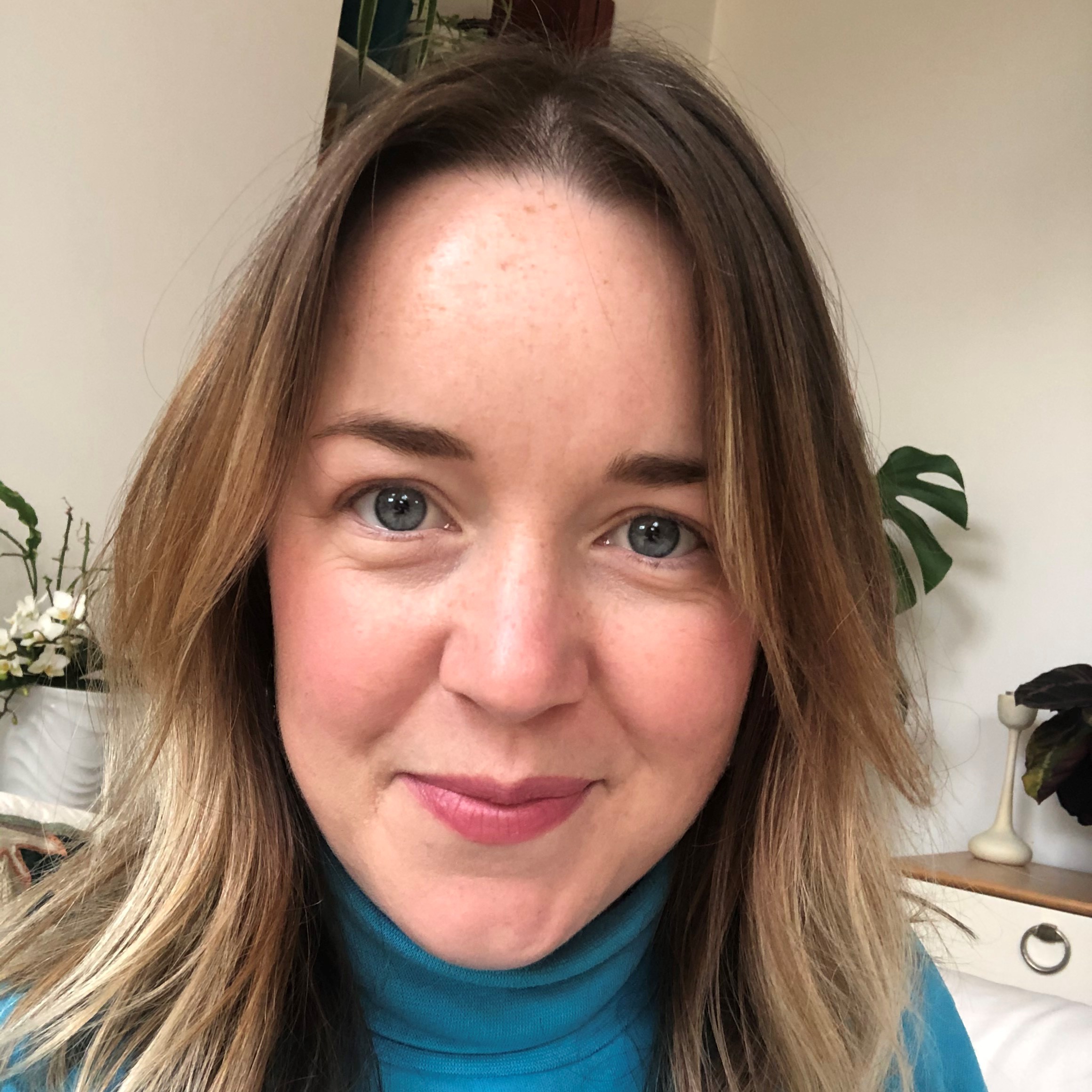
Tess Cooper of Collaborative Future looks at how to hire a diverse range of people to work in your organisation.
The chances are, if you’re reading this blog, you work in the charity sector, or in digital, or both. If so, you’re working in a sector where the diversity statistics are staggeringly poor.
Male workers make up 88% of the tech industry, while people from Black, Asian and minority ethnic backgrounds account for just 9% of voluntary sector employees. Representation within senior positions is even more abysmal in both sectors. It is clear that recruitment practices are crying out for serious changes.
My social enterprise, Collaborative Future, supports a variety of tech and charity clients to empower everyone to thrive in work. In 2019 we became exasperated at how slow change was. So we decided to run our own recruitment practices and talent programme to drive change when it comes to building diverse teams. Here’s a few of our key learnings:
Everyone is uniquely talented, you’re just not looking
Traditional recruitment processes only empower a small minority of people to shine. They are the fast track way to end up hiring cardboard cutouts.
When we shared the profiles of our work placement cohort so many organisations remarked: “Wow how did you find such a diverse group of talented young people?”
“What do you mean how did we find them? They are everywhere,” we’d say, bemused.
While many companies define what a good candidate looks like based on their own definitions and view of the world, we start with the assumption that everyone is valuable and offers their own unique melting pot of experiences, perspectives and skills.
Making space to unearth the unique value applicants bring is key to our recruitment processes. We've discovered many small ways you can hand the power to applicants to define how you should see them. It could be asking our applicants ‘What else would you really love for us to ask you about in your interview?’, or sharing interview questions beforehand. These approaches provide everyone an equal chance of bringing their best answers and best selves to the conversation.
We also encourage teams to seek unique perspectives, experiences and strengths as part of their scoring criteria. All too often hiring managers seek affinity with someone rather than exploring their differences. When we worked with William Joseph Design to hire their product manager we asked candidates to complete a free strengths test. They then discussed how their strengths differed to a potential new colleague’s strengths. This exercise wasn’t about judging the results of the strengths test. It was to encourage candidates to talk about what is important to them and the way they work.
Create opportunities for applicants to do real tasks
In my previous roles as Director of People I noticed how shared language or contexts influenced hiring decisions. Creating real tasks makes it possible for individuals to actively demonstrate, rather than explain, their abilities. This reduces favouritism towards those that can tell a good story or assimilate with the language of a hiring panel.
It also opens up the playing field to people who might not have directly related work experience. Previously I've benefited from having “Marketing executive at the Guardian” on my CV. However the marketing manager at Collaborative Future had zero previous work experience and is a million times more capable in this field than I’ll ever be.
Lastly, if it’s an option, make these tasks paid. It not only demonstrates that you value people’s time, but it also makes it possible for people who are usually locked out of these processes to participate. If you’re working an hourly-rate job with no paid leave you might not be able to take time out to apply for other opportunities. When people's time and input is valued they're more empowered to bring their best selves.
Building partnerships builds momentum
We’ve heard so many organisations across tech and charities say things like “the pipeline wasn’t there”, or “it’s too risky to do things differently”. These are poor excuses not to have a diverse team.
The answer is to work with partners. If you aren’t getting enough black applicants for your developer roles, pay to host a job on the likes of Coding Black Females. If you have no disabled staff, make time to attend workshops about disability in the workplace. Connect with communities that aren’t represented within your company. Offer your mentorship through programmes like muslamic makers or attend free events such as Women in Tech.
If you don’t know how to connect with people who are different to you, pay for a D&I consultant or coach to work with you on this. The amount you pay someone to do this work with you is minimal in comparison to the huge costs of not prioritising this work.
Make space for feedback
Some of the practices we adopt may feel uncomfortable or unusual at first to both the hiring managers and the applicant. We’ve all been conditioned to present ourselves in a certain way and to expect certain processes. So we all need to embrace the opportunities to experiment and learn. We’ve found that making space for feedback throughout the entire process is important to enable this
Ask applicants to let you know what adjustments they would appreciate or concerns they have when you invite them to interview. Mediate the decision making process with hiring managers to ensure everyone’s voices are truly heard. When you give candidates feedback at the end, invite feedback on your company too. This will ensure you stay honest about what you need to improve.
The chances are, if you’re reading this blog, you work in the charity sector, or in digital, or both. If so, you’re working in a sector where the diversity statistics are staggeringly poor.
Male workers make up 88% of the tech industry, while people from Black, Asian and minority ethnic backgrounds account for just 9% of voluntary sector employees. Representation within senior positions is even more abysmal in both sectors. It is clear that recruitment practices are crying out for serious changes.
My social enterprise, Collaborative Future, supports a variety of tech and charity clients to empower everyone to thrive in work. In 2019 we became exasperated at how slow change was. So we decided to run our own recruitment practices and talent programme to drive change when it comes to building diverse teams. Here’s a few of our key learnings:
Everyone is uniquely talented, you’re just not looking
Traditional recruitment processes only empower a small minority of people to shine. They are the fast track way to end up hiring cardboard cutouts.
When we shared the profiles of our work placement cohort so many organisations remarked: “Wow how did you find such a diverse group of talented young people?”
“What do you mean how did we find them? They are everywhere,” we’d say, bemused.
While many companies define what a good candidate looks like based on their own definitions and view of the world, we start with the assumption that everyone is valuable and offers their own unique melting pot of experiences, perspectives and skills.
Making space to unearth the unique value applicants bring is key to our recruitment processes. We've discovered many small ways you can hand the power to applicants to define how you should see them. It could be asking our applicants ‘What else would you really love for us to ask you about in your interview?’, or sharing interview questions beforehand. These approaches provide everyone an equal chance of bringing their best answers and best selves to the conversation.
We also encourage teams to seek unique perspectives, experiences and strengths as part of their scoring criteria. All too often hiring managers seek affinity with someone rather than exploring their differences. When we worked with William Joseph Design to hire their product manager we asked candidates to complete a free strengths test. They then discussed how their strengths differed to a potential new colleague’s strengths. This exercise wasn’t about judging the results of the strengths test. It was to encourage candidates to talk about what is important to them and the way they work.
Create opportunities for applicants to do real tasks
In my previous roles as Director of People I noticed how shared language or contexts influenced hiring decisions. Creating real tasks makes it possible for individuals to actively demonstrate, rather than explain, their abilities. This reduces favouritism towards those that can tell a good story or assimilate with the language of a hiring panel.
It also opens up the playing field to people who might not have directly related work experience. Previously I've benefited from having “Marketing executive at the Guardian” on my CV. However the marketing manager at Collaborative Future had zero previous work experience and is a million times more capable in this field than I’ll ever be.
Lastly, if it’s an option, make these tasks paid. It not only demonstrates that you value people’s time, but it also makes it possible for people who are usually locked out of these processes to participate. If you’re working an hourly-rate job with no paid leave you might not be able to take time out to apply for other opportunities. When people's time and input is valued they're more empowered to bring their best selves.
Building partnerships builds momentum
We’ve heard so many organisations across tech and charities say things like “the pipeline wasn’t there”, or “it’s too risky to do things differently”. These are poor excuses not to have a diverse team.
The answer is to work with partners. If you aren’t getting enough black applicants for your developer roles, pay to host a job on the likes of Coding Black Females. If you have no disabled staff, make time to attend workshops about disability in the workplace. Connect with communities that aren’t represented within your company. Offer your mentorship through programmes like muslamic makers or attend free events such as Women in Tech.
If you don’t know how to connect with people who are different to you, pay for a D&I consultant or coach to work with you on this. The amount you pay someone to do this work with you is minimal in comparison to the huge costs of not prioritising this work.
Make space for feedback
Some of the practices we adopt may feel uncomfortable or unusual at first to both the hiring managers and the applicant. We’ve all been conditioned to present ourselves in a certain way and to expect certain processes. So we all need to embrace the opportunities to experiment and learn. We’ve found that making space for feedback throughout the entire process is important to enable this
Ask applicants to let you know what adjustments they would appreciate or concerns they have when you invite them to interview. Mediate the decision making process with hiring managers to ensure everyone’s voices are truly heard. When you give candidates feedback at the end, invite feedback on your company too. This will ensure you stay honest about what you need to improve.

Support & services
Our free services help you make the right decisions and find the right support to make digital happen.
Learn what other non-profits are doing
39+ organisations share 50+ Guides to how they use digital tools to run their services. Visit Shared Digital Guides.

CAST and Catalyst: the journey, the transition - and beyond






